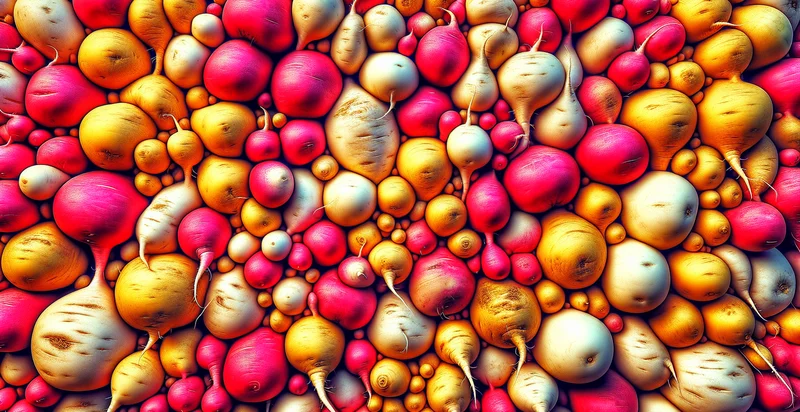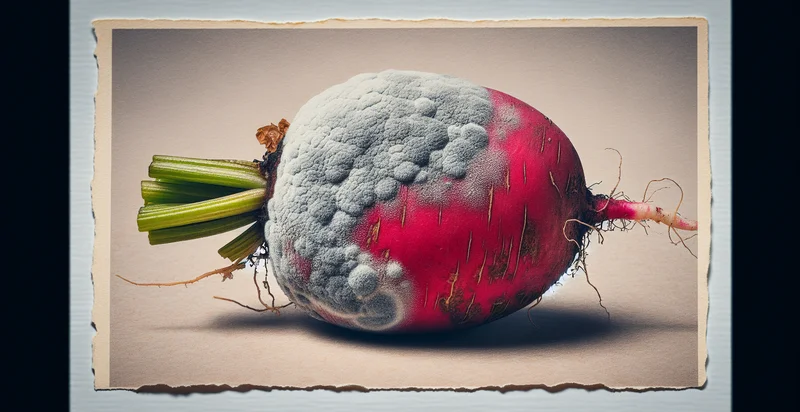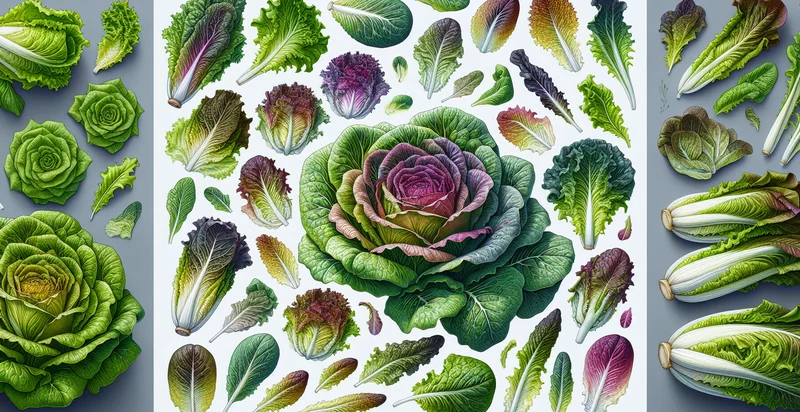Identify radish species
using AI
Below is a free classifier to identify radish species. Just upload your image, and our AI will predict what species of radish it is - in just seconds.

Contact us for API access
Or, use Nyckel to build highly-accurate custom classifiers in just minutes. No PhD required.
Get started
import nyckel
credentials = nyckel.Credentials("YOUR_CLIENT_ID", "YOUR_CLIENT_SECRET")
nyckel.invoke("radish-species", "your_image_url", credentials)
fetch('https://www.nyckel.com/v1/functions/radish-species/invoke', {
method: 'POST',
headers: {
'Authorization': 'Bearer ' + 'YOUR_BEARER_TOKEN',
'Content-Type': 'application/json',
},
body: JSON.stringify(
{"data": "your_image_url"}
)
})
.then(response => response.json())
.then(data => console.log(data));
curl -X POST \
-H "Content-Type: application/json" \
-H "Authorization: Bearer YOUR_BEARER_TOKEN" \
-d '{"data": "your_image_url"}' \
https://www.nyckel.com/v1/functions/radish-species/invoke
How this classifier works
To start, upload your image. Our AI tool will then predict what species of radish it is.
This pretrained image model uses a Nyckel-created dataset and has 15 labels, including Black Radish, Breakfast Radish, Cherry Belle Radish, Chinese Radish, Daikon Radish, Easter Egg Radish, French Breakfast Radish, Icicle Radish, Misato Rose Radish and Rattail Radish.
We'll also show a confidence score (the higher the number, the more confident the AI model is around what species of radish it is).
Whether you're just curious or building radish species detection into your application, we hope our classifier proves helpful.
Related Classifiers
Need to identify radish species at scale?
Get API or Zapier access to this classifier for free. It's perfect for:
- Agricultural Monitoring: Farmers can utilize the radish species identifier to monitor crop health and ensure they are cultivating the right species for their market needs. By quickly identifying different radish species, farmers can adjust their farming practices to optimize yields and resource allocation.
- Supply Chain Management: Distributors and suppliers can implement the radish species identifier to authenticate and sort radish varieties during processing and packaging. This ensures that customers receive the correct species, ultimately enhancing product quality and customer satisfaction.
- Food Safety Compliance: Food safety agencies can use the classification function to identify radish species during inspections. This helps to ensure that only the specified radish types are sold and consumed, reducing the risk of allergenic reactions or foodborne illnesses associated with improper labeling.
- Market Research and Consumer Insights: Retailers can leverage the radish species identifier to gather data on consumer preferences for different radish types. This data can inform marketing strategies, supply chain decisions, and product placement to better meet customer demand.
- Botanical Research: Researchers can employ the radish species identifier to conduct studies on biodiversity and species distribution in various environments. This can aid in understanding ecological relationships and developing conservation strategies for endangered radish species.
- Culinary Applications: Chefs and culinary institutes can use the identifier to explore and incorporate different radish varieties into their dishes. By knowing the specific characteristics of each species, they can enhance flavor profiles and seasonal menus, attracting food enthusiasts.
- Seed Breeding and Development: Seed companies can use the radish species identifier to ensure the accurate classification of breeding stocks. This knowledge enables them to effectively develop new varieties with desired traits, ultimately contributing to innovation and competitiveness in the seed market.


